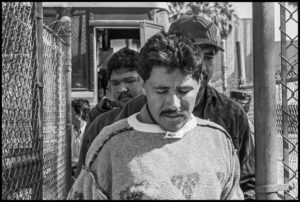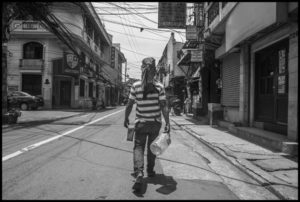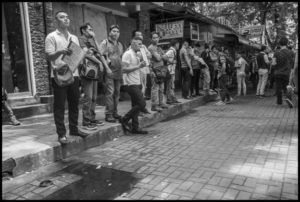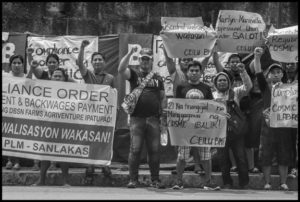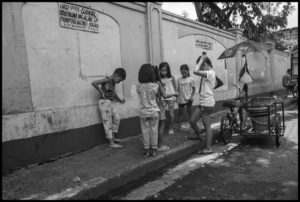
CCDS JOINS THE WORLD COMMUNITY IN DEPLORING THE MILITARY COUP IN BOLIVIA: CALLS ON CONGRESS TO CONDEMN THE OVERTHROW OF THE ELECTED GOVERNMENT OF EVO MORALES
The Committees of Correspondence for Democracy and Socialism (CCDS), along with nations and movements in solidarity with the people of Bolivia everywhere, condemns the violent military/police coup carried out against the elected government of Evo Morales. President Morales reelected for a fourth term days ago was forced to resign his position on November 10, 2019. Other government officials were also forced to resign and supporters of the coup have been rampaging in the streets, burning and looting. It is said that President Morales’ house has been damaged as well. He was forced to flee to Mexico.
Morales, President since 2006, is the first indigenous leader ever to be elected President of Bolivia. In his thirteen years in office, the percentage of those living in extreme poverty (mostly indigenous people) has declined by half, social services have been expanded, and key industries nationalized while the country has experienced growth rates twice that of any Latin American country with only modest inflation. During his tenure in office, political decentralization empowering indigenous villagers was initiated while a modern economic and political infrastructure has been created.
As a successful national participant in the so-called “Pink Tide,” Bolivia has stood for national independence and sovereignty and against ruinous neoliberal policies prescribed by international financial institutions. It has expanded international ties with nations everywhere. For example, It has signed agreements with China to facilitate development of its valuable lithium resource (a key component of cell phones, electric cars, and other new technologies).
As more information about the coup appears it seems clear that the United States has encouraged and assisted in the military coup, with Senators Rubio and Menendez playing key roles.
We denounce President Trump’s statement in support of the coup and further threatening the overthrow of the governments of Venezuela and Nicaragua. We call on Members of Congress to join with Congresswomen Alexandria Ocasio-Cortez and Ilhan Omar in condemning the coup. All presidential candidates must also take a stand. Thus far only Senator Bernie Sanders has done so. Continue reading Condemn the Coup Against Evo Morales and Bolivia!

